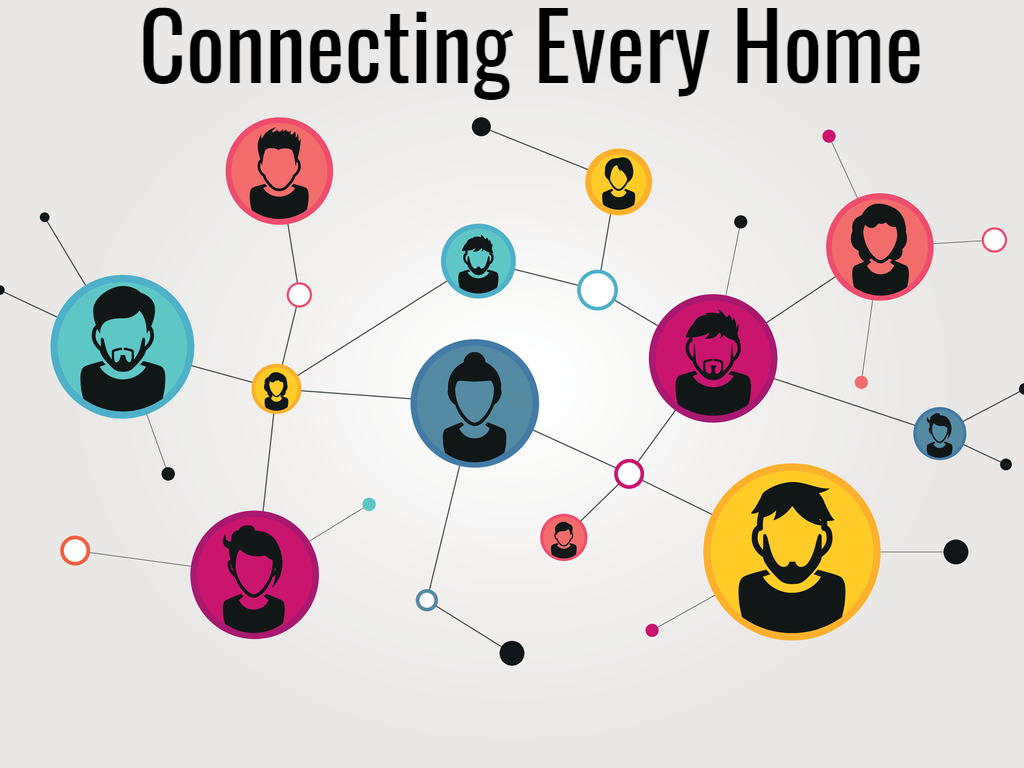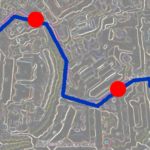We discuss the following topics in this blog:
- Starting out as a scrap business company
- Global Expansion and leading broadband penetration in our country
- Helping realise government’s vision of Digital India, Make In India
- Innovation at the core of broadband connectivity
In addition to these topics, we shall also be answering the following FAQs:
- What is WiFi?
- What is an Optical Fibre Cable?
Sterlite technologies born out of the incredible vision of our Chairman Mr. Anil Agarwal is committed to connecting every home on the planet
Contents
Journey Begins
Our family business was a scrap business also cable business used to collect scrap from the cable company and always used to think to have a cable company established for ourselves it was very difficult the private player to come into in this business because of the financing licensing and so on but we could make our headway from a humble beginning two decades back we have become one of the world’s leading and India’s only vertically integrated sand to broadband company.
We are the only company that starts with silica as the raw material to make glass preform to draw up optical fibers and make customized fiber-optic cables our expertise and experience is across the value chain building cross country network infrastructure deploying technology platforms like MPLS DWDM and GPON on providing unparalleled user experience through high speeds last mile access developing e-education content.
Global Expansion
Through our global operations in India, China and Brazil we are supplying 20 million fiber kilometers across five continents and 75 countries our high-performance products serve as the backbone infrastructure for leading global operators such as British Telecom, Vodafone, China mobile, Saudi telecom, Airtel amongst others more than 40 percent of India’s daytime voice communication ride-on Sterlite’s fibre as for the World Bank a 10% increase in broadband penetration will increase India’s GDP by 1.4%. Sterlite is proud to play a leading role to enhance the broadband penetration in our country and helping realize the government’s vision of Digital India, Make In India and a hundred smart cities.
Service To Nation
Sterlite is proud to play a leading role to enhance the broadband penetration in our country and help realize the government’s vision of Digital India, Make In India, and hundred smart cities but moving the Government of India to connect 250,000-gram panchayats as part of national optical fiber network project helping secure our country by our NFS project for Indian defence where we are deploying our fiber infrastructure across some of the most challenging terrain assuring India to leapfrog into next generation technology like 4G by partnering with all the telecom operators providing 100 Mbps fiber to the home access to more than a hundred and fifty thousand connected homes across top cities of India.
We have enabled e-education across a hundred and fifteen give us full schools in Mumbai providing their children access to superior education content making them more confident to face the world of tomorrow.
Innovation Centre
Our centre of excellence at Aurangabad is a one of its kind research facility in India and stands as a true testimony to our capability and will help India lead next-generation technology innovation. As a thought leader in broadband connectivity, Sterlite technologies is envisioning a flatter more connected world where people at every corner have access to the information we are committed to our vision to connect every home on the planet.
FAQs
What is WiFi?
Put simply, WiFi is a technology that uses radio waves to create a wireless network through which devices like mobile phones, computers, printers, etc., connect to the internet. A wireless router is needed to establish a WiFi hotspot that people in its vicinity may use to access internet services. You’re sure to have encountered such a WiFi hotspot in houses, offices, restaurants, etc.
To get a little more technical, WiFi works by enabling a Wireless Local Area Network or WLAN that allows devices connected to it to exchange signals with the internet via a router. The frequencies of these signals are either 2.4 GHz or 5 GHz bandwidths. These frequencies are much higher than those transmitted to or by radios, mobile phones, and televisions since WiFi signals need to carry significantly higher amounts of data. The networking standards are variants of 802.11, of which there are several (802.11a, 802.11b, 801.11g, etc.).
What is an Optical Fibre Cable?
An optical fibre cable is a cable type that has a few to hundreds of optical fibres bundled together within a protective plastic coating. They help carry digital data in the form of light pulses across large distances at faster speeds. For this, they need to be installed or deployed either underground or aerially. Standalone fibres cannot be buried or hanged so fibres are bunched together as cables for the transmission of data. This is done to protect the fibre from stress, moisture, temperature changes and other externalities.
There are three main components of a optical fibre cable, core (It carries the light and is made of pure silicon dioxide (SiO2) with dopants such as germania, phosphorous pentoxide, or alumina to raise the refractive index; Typical glass cores range from as small as 3.7um up to 200um), Cladding (Cladding surrounds the core and has a lower refractive index than the core, it is also made from the same material as the core; 1% refractive index difference is maintained between the core and cladding; Two commonly used diameters are 125µm and 140µm) and Coating (Protective layer that absorbs shocks, physical damage and moisture; The outside diameter of the coating is typically either 250µm or 500µm; Commonly used material for coatings are acrylate,Silicone, carbon, and polyimide).
An optical fibre cable is made up of the following components: Optical fibres – ranging from one to many. Buffer tubes (with different settings), for protection and cushioning of the fibre. Water protection in the tubes – wet or dry. A central strength member (CSM) is the backbone of all cables. Armoured tapes for stranding to bunch the buffer tubes and strength members together. Sheathing or final covering to provide further protection.
The five main reasons that make this technology innovation disruptive are fast communication speed, infinite bandwidth & capacity, low interference, high tensile strength and secure communication. The major usescases of optical fibre cables include intenet connectivity, computer networking, surgery & dentistry, automotive industry, telephony, lighting & decorations, mechanical inspections, cable television, military applications and space.













